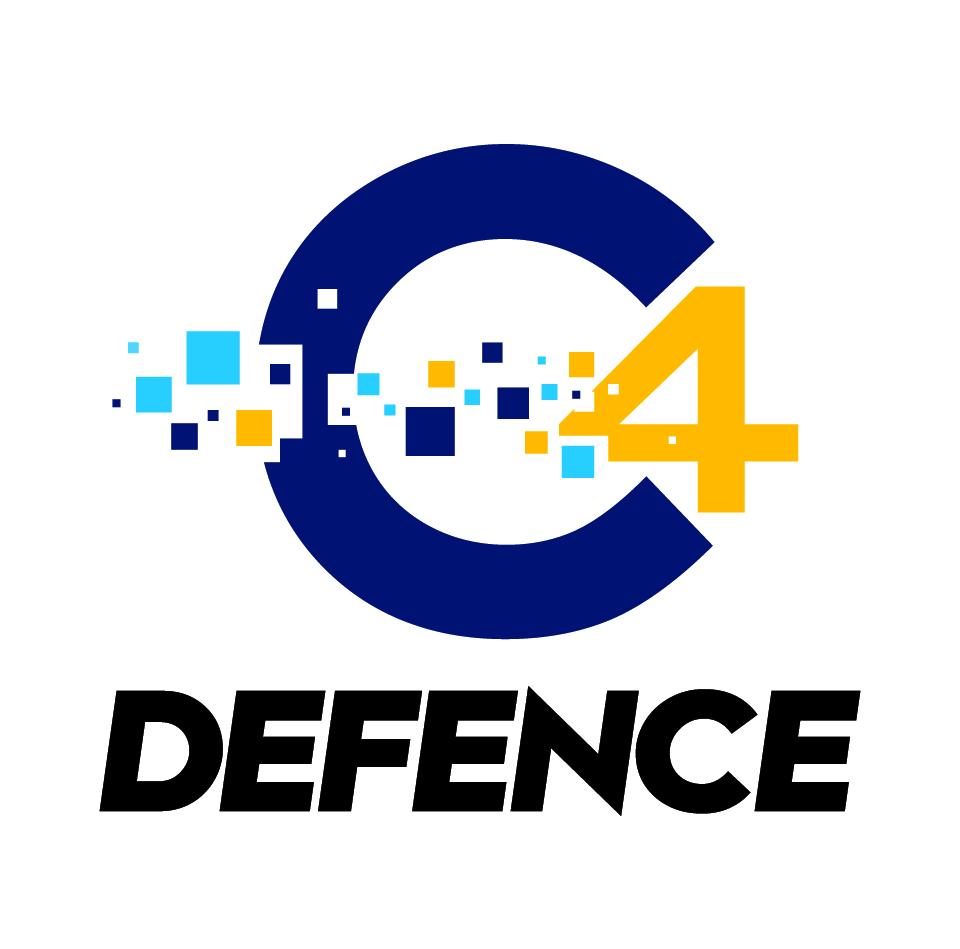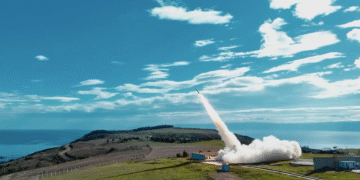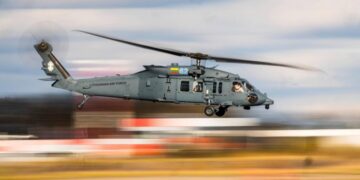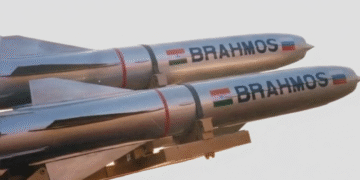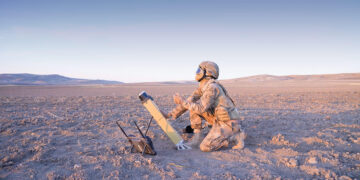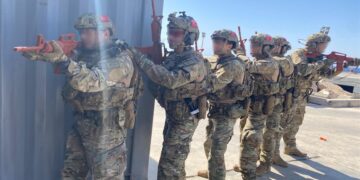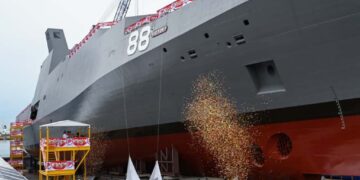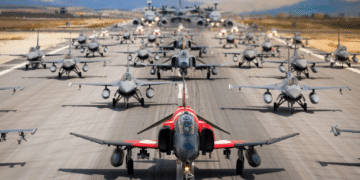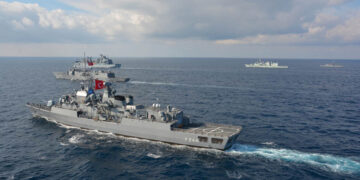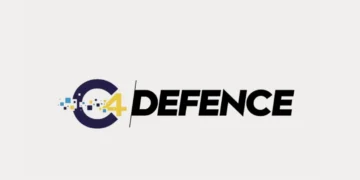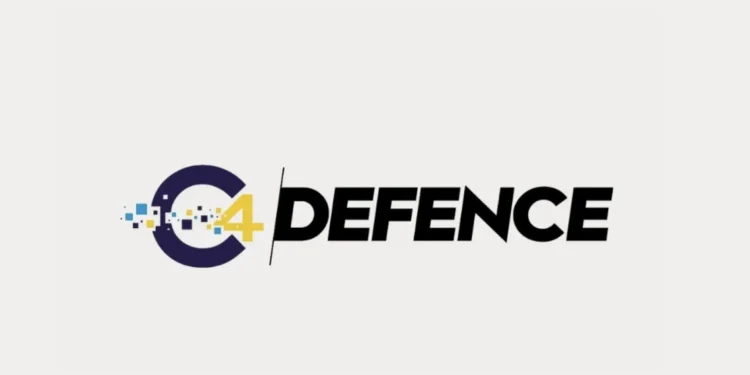Between July 22-27, 2025, the 17th International Defense Industry Fair (IDEF) was held in Istanbul, bringing together numerous companies, civilian bureaucrats, military officials, experts, and relevant stakeholders.
It was a massive organization where innovative technologies were showcased and collaborative opportunities among stakeholders were explored.
Since the 2nd IDEF held in Etimesgut, Ankara, which I attended for the first time, I have witnessed many changes with my own eyes. I am observing an incredible technological leap over the years.
I am proud of my country and its productive engineers…
Yet, at the same time, I feel the pain of an unchanging reality deep inside me.
I cannot accept that Turkey’s concrete industrial production in the field of “Defense Medicine” is almost nonexistent despite the passing years.
In the event of a war, where will we procure the medical supplies and devices needed for military emergency health services?
God forbid, if rockets were to rain down from the sky, in which shelters in our major cities would we perform surgeries?
In an era where geography no longer guarantees safety, distance is meaningless, and hybrid warfare conditions prevail, and considering that hospitals themselves could become targets, how will we ensure the replacement of medical and surgical supplies required for surgeries we may have to perform in shelters?
Shouldn’t we start thinking about these matters today?
At the 17th International Defense Industry Fair, how many domestic companies producing medical equipment and devices were there? Did you see the companies producing the supplies that would be used in interventions on a bleeding casualty?
We know very well that, unless there is another known reason, the most common cause of death from trauma is bleeding. To prevent death from firearm injuries, this bleeding must be stopped as early as possible, and the resulting blood loss must be compensated as quickly and effectively as possible.
To meet these needs, a well-trained personnel system working with various medical logistics support and a modern tactical philosophy in emergency health services is required.
The personnel who will perform procedures to stop bleeding and replace losses must be well trained. A nationwide training system should be established so that every personnel can act effectively.
In wartime, an emergency military health service system is necessary that operates effectively and widely, without distinguishing between civilian and military casualties. Considering that war today does not occur only at the frontlines, every place is potentially a battlefield, and every civilian is a potential casualty.
Comprehensive plans for the country’s domestic and foreign operational areas should include a needs assessment for emergency health services. A strategic plan must be prepared. In the context of military emergency health services, the geographic areas where the service should be provided must be analyzed, and consumables, durable equipment, and devices for logistics must be inventoried. In line with the philosophy of domestic and national defense industry, the “Medical Defense Industry” must also be made productive.
Using today’s big data compilation, storage, analysis, and decision support capabilities, all tasks required by the military health system should be addressed individually. For all tasks, an algorithmic solution should be presented according to the priority sequence determined by the scientific triage scale.
Needs must be identified based on lessons learned from battlefields. Determining the need is the most critical point. What follows this stage is clear.
Can we not produce specially designed tourniquets in our country for the site of bleeding?
Can we not produce gauze, tampons, and bandages impregnated with hemostatic agents in our country?
Can we not produce hemostatic agents domestically?
Do we not know that simply stopping bleeding can save a significant portion of our potentially fatal losses?
Almost all the medical consumables we would use immediately after the initial assessment and life-saving maneuvers for casualty survival can be very easily produced in our country.
Is it really difficult to produce advanced airway management equipment, devices, and consumables; stretchers, monitors, oxygen generation devices, etc., to be used during the safer transfer of stabilized casualties to advanced treatment centers?
Shouldn’t we include apparatuses for intravenous or intraosseous drug and fluid delivery within the scope of our “Defense Medical Industry” production?
Do we not have responsibilities in the collection, storage, transport, and sustainability of blood and blood products under the framework of the “Defense Medical Industry”?
Can’t we modernize our still underdeveloped pre-hospital military emergency health system, military ambulances, and military paramedics?
Can’t we solve our casualty registration and tracking problems with an electronic information system produced by our current software industry?
The Defense Medical Industry, which I believe is an absolute necessity in our country, must be activated immediately.
The world is producing and training in specialized areas such as wartime medicine, terrorism medicine, and disaster medicine. They produce and develop personal protective equipment for CBRN. Can’t we do it? Can’t we produce our own unique detectors to identify and detect CBRN agents?
I can almost hear some saying, “All of these already exist in our country…”
For heaven’s sake, almost all of the materials you claim exist are imported.
Isn’t their importation a loss of our national wealth?
Let us hope that war never occurs in our country.
But, in responding to disasters that are increasingly dynamic almost every day, won’t we need the materials that the “Defense Medical Industry” must produce?
God forbid, if our sky turns red one day, we will be very angry with ourselves for not taking seriously the problems that could be solved today.
We must strengthen our Defense Medical Industry and make it productive as soon as possible.
The best time to take action is now, at this very moment.
